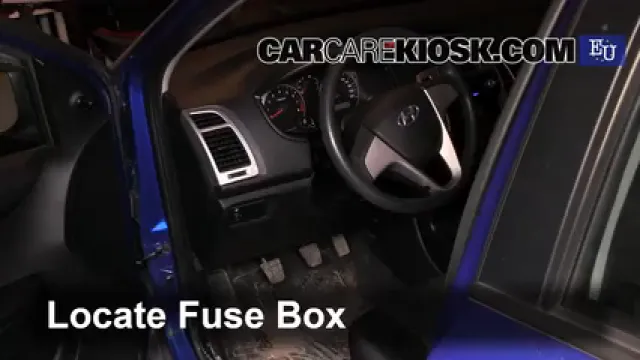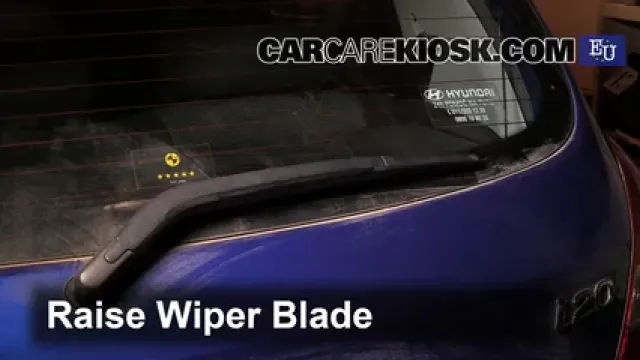Video de revisión del consumidor - 2009 Hyundai i20 Classic 1.2L 4 Cyl.
Problemas comunes y reparaciones fáciles en un i20 2009
The 2009 Hyundai i20 Classic is a moderately easy vehicle to maintain, and a good choice for any vehicle owner. Changing the headlight with reliability is no problem, as you only have to reach behind the housing for access to the bulb assembly. The engine air filter is easy to change, as you only have to disengage a few fasteners for access to the filter. These fasteners are easy to disengage. The brake fluid reservoir is easily visible in the engine bay. This will make it easy to check the level markers.
Some things are problematic on the 2009 Hyundai i20 Classic. The battery can be tough to remove, as you will have to make a tough reach to get to the bracket that secures the battery. You will need to use a few tools in order to remove the tail light housing for access to the bulbs. The tools necessary may not be readily available for a repair. Changing one of the front turn signal bulbs will require you to remove the entire housing.
Autor
Hans Angermeier ha producido más de 100,000 videos que muestran a los conductores cómo arreglar cosas en sus autos. Tiene una amplia experiencia en procedimientos básicos de reparación que cubren la mayoría de los automóviles en la carretera.











